Guide to Restaurant Food Storage - Materials & Storage Options
By choosing the appropriate restaurant food storage containers, establishments can streamline preparation and inventory counts while reducing food waste.
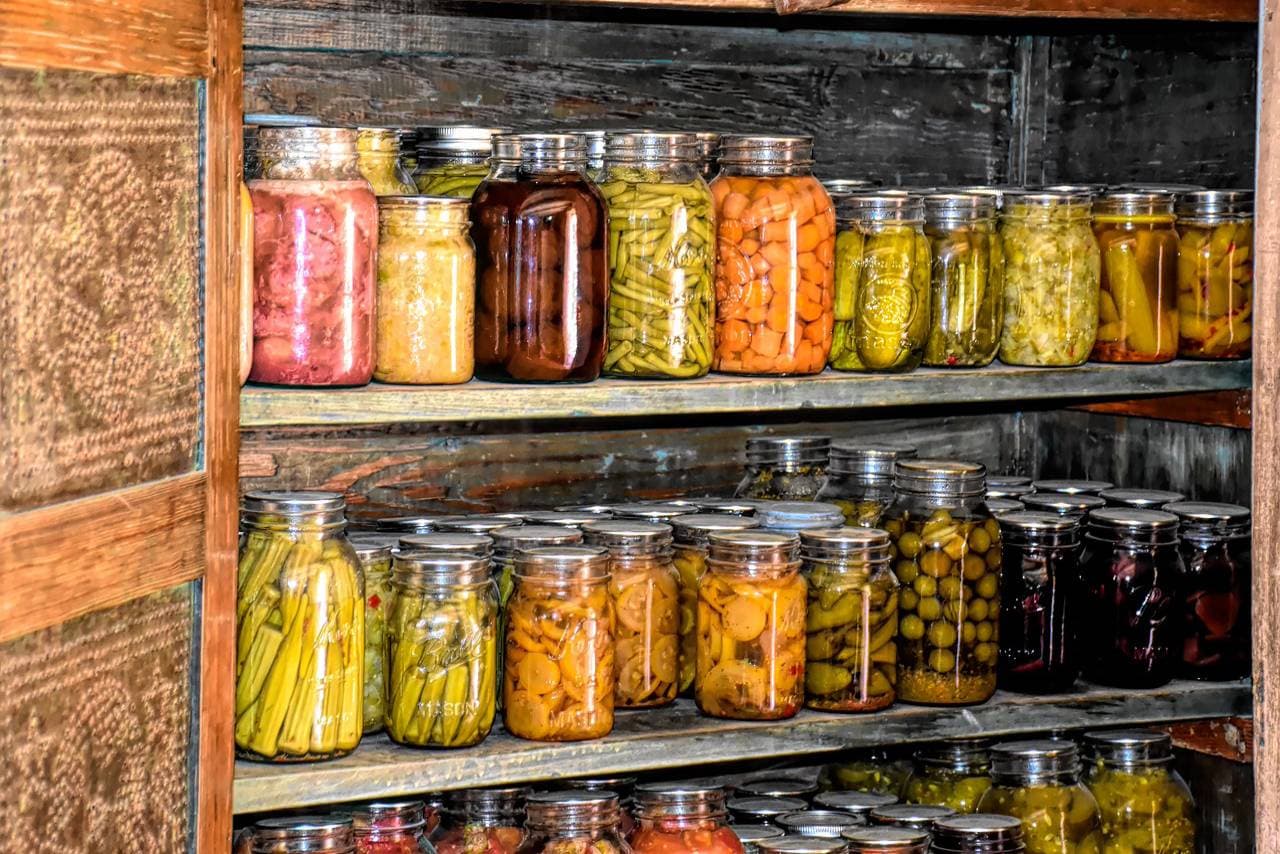
There are several health regulations and codes restaurants must abide by to maintain a clean and organized kitchen space. Health codes can even help establishments limit their food waste by outlining how and where ingredients should be stored.
However, owners must determine their restaurant food storage preferences, such as material, shape, and size, to optimize space and prevent spoilage.
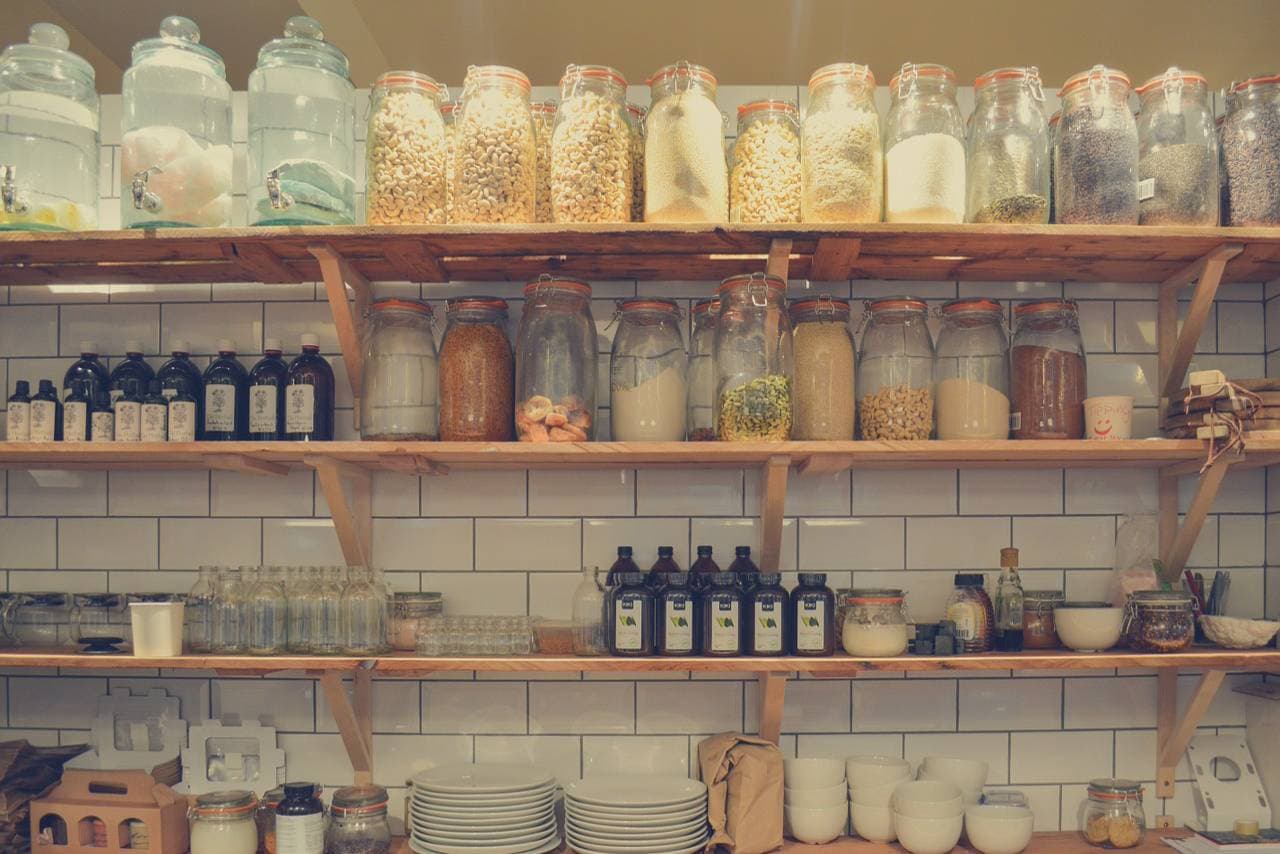
Questions Restaurants Need to Ask
When it comes to storing food, restaurants must determine which containers work best for their ingredients and kitchen space by asking-
- What is being stored?
Therefore, management must evaluate their storage size to determine how to optimize their available space.
- How much is being stored?
- Where will the containers be located?
To optimize storage, restaurants should consider purchasing stackable containers to maximize shelving space. However, they should not overcrowd shelves to the point where it is difficult to reach certain ingredients.
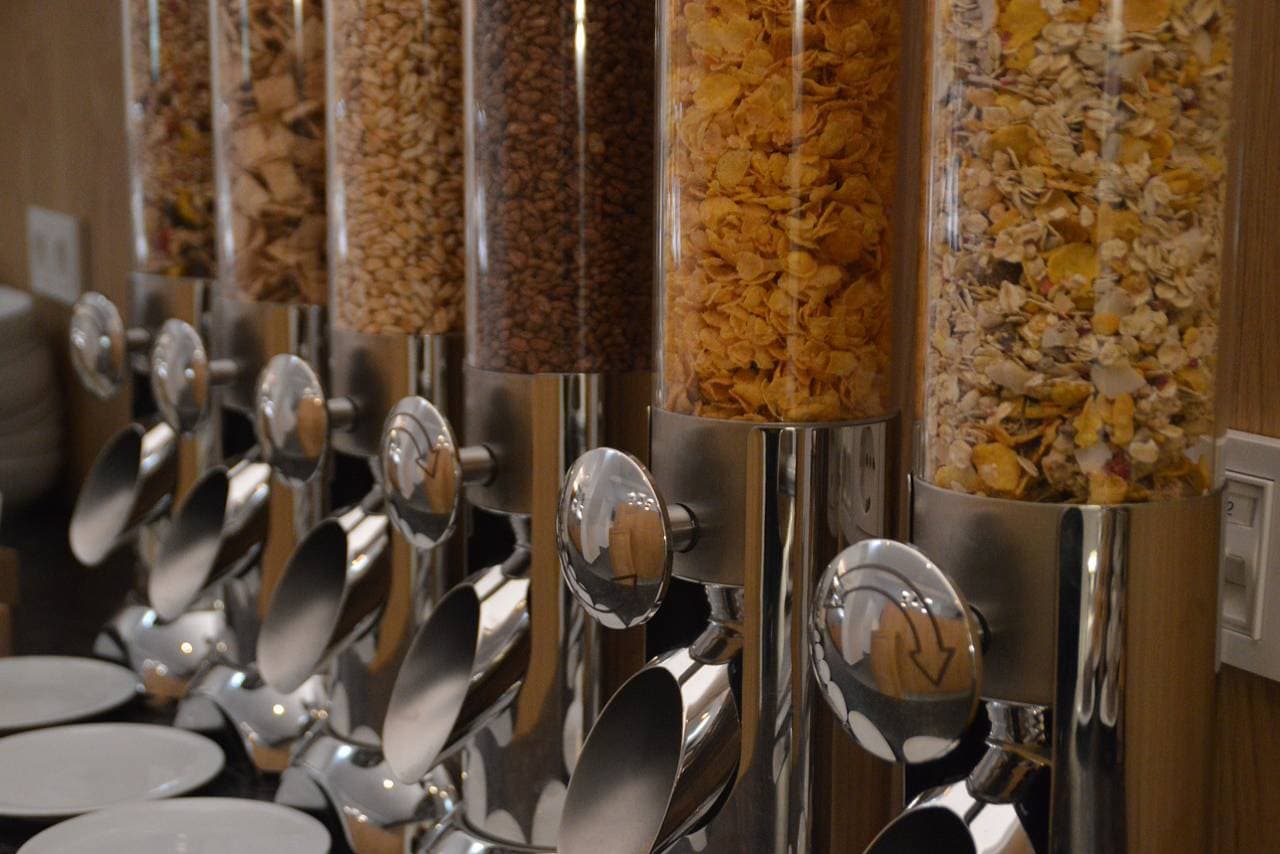
- Can the FIFO method be applied?
However, restaurants need to ensure their space organization and food containers enable them to properly use this method. Establishments should also place labels with expiration dates on each box to maintain organization.
- Do the containers have multiple uses?
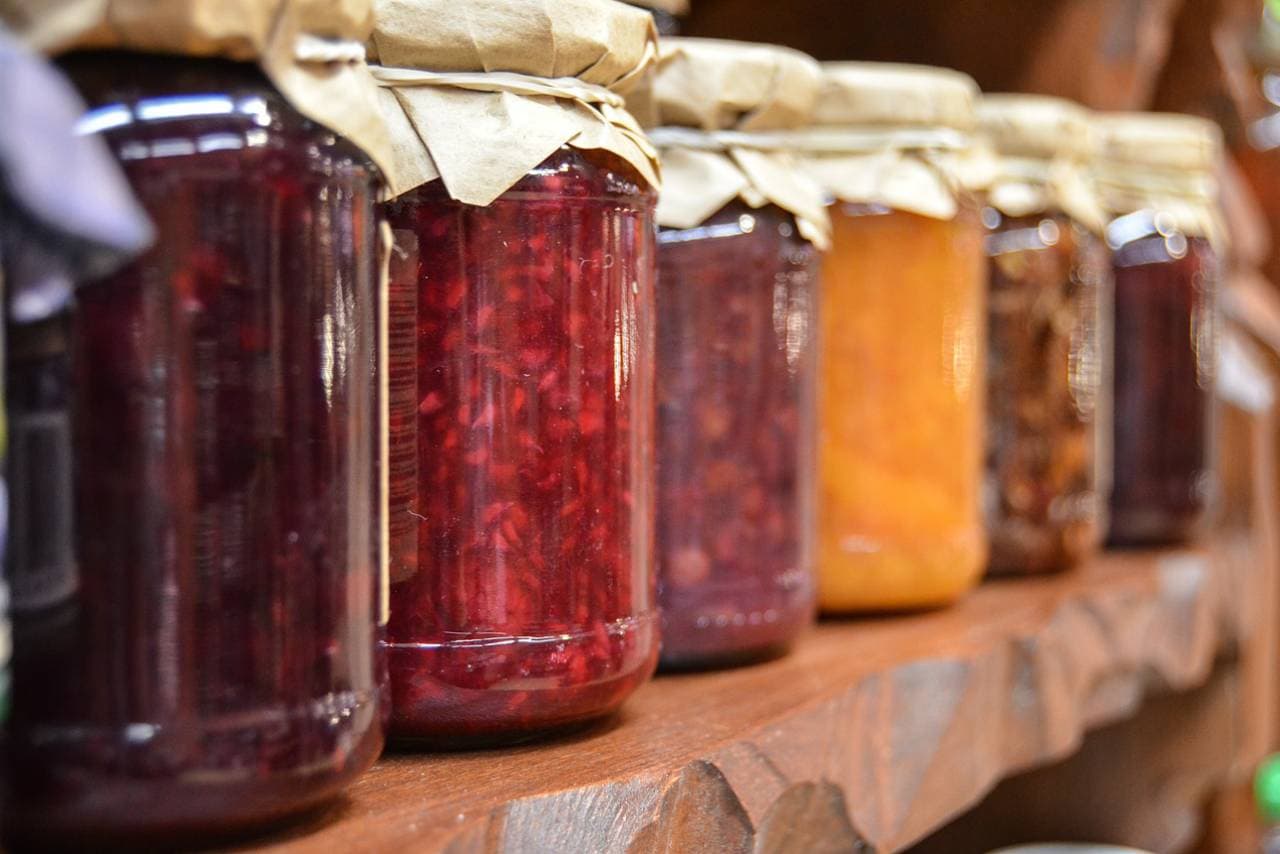
Common Container Materials
The material food containers are composed of determines their durability, accessibility, and longevity. Plastic is the most common material restaurants use as it is durable and often microwavable.
However, there are several types of plastics and metals that restaurants can use, each with its own set of unique properties.
- Polycarbonate is often used for its durability and clarity so restaurants can see inventory without opening the containers. These containers can also be tinted while retaining their transparency, allowing restaurants to create a unique organizational system. While polycarbonate is microwavable, it contains BPAs, making it unsafe to heat food.
- Polyethylene is the most common plastic used because of its cost-efficiency. This material is partially opaque, making it challenging to see contents without removing the lid. Polyethylene does not contain BPAs, making it microwave-save.
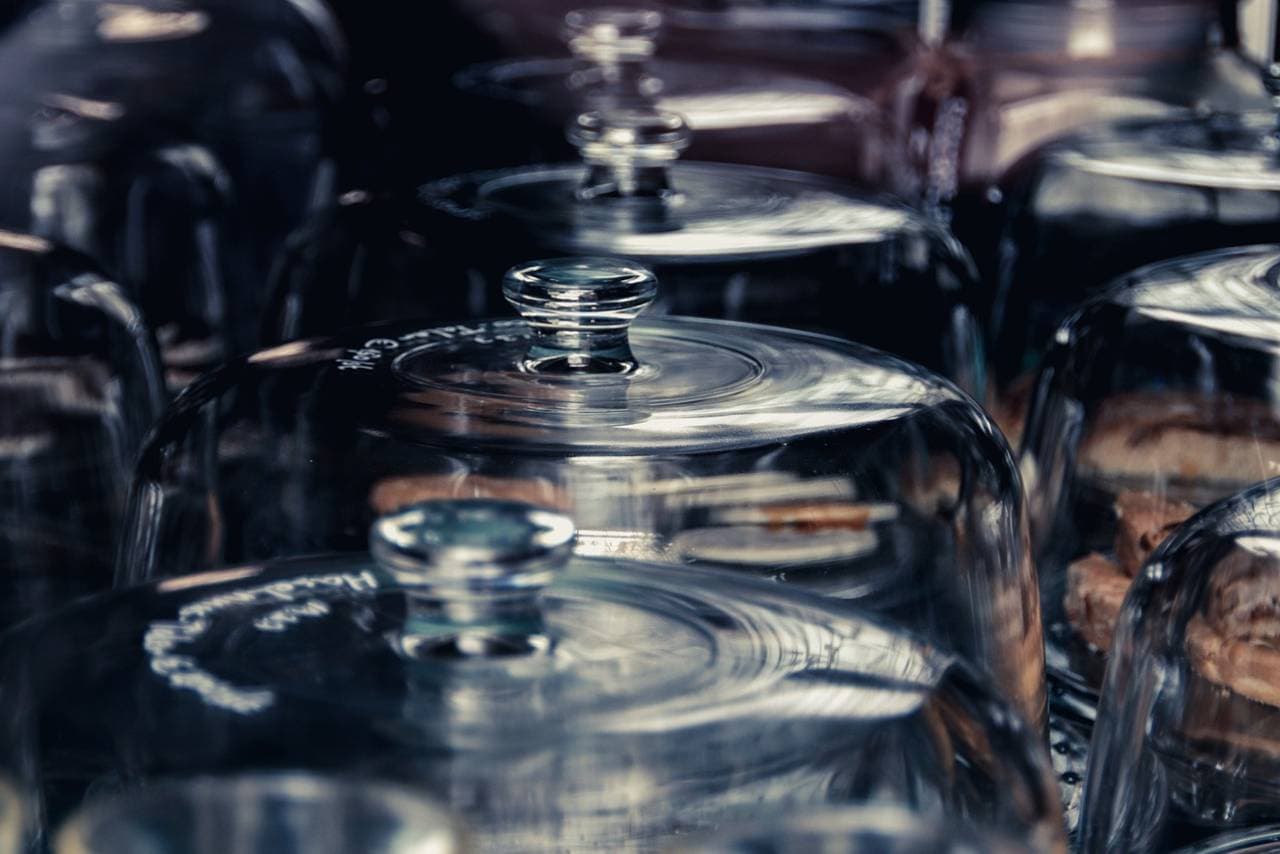
- Polypropylene falls between polycarbonate and polyethylene as it is clear but not completely translucent. However, this plastic is also BPA-free and can be used in freezers, microwaves, and dry storage.
- Styrene Acrylonitrile (SAN) is microwave-safe and break-resistant. SAN typically has a gloss finish and is fully transparent.
- Aluminum is a metal and therefore is not microwave safe. However, this material is ideal for storing items that need to maintain a specific temperature, such as salads and baked goods. Aluminum is known for discoloration and corrosion, making it vital to thoroughly dry pans before storage.
- Stainless Steel is more durable than aluminum, as it is rust-resistant, making it dishwasher safe. This material is excellent for canisters and salad bar crocks.
Food Storage Container Options
After determining which material is best for each ingredient, restaurants need to assess the different storage options.
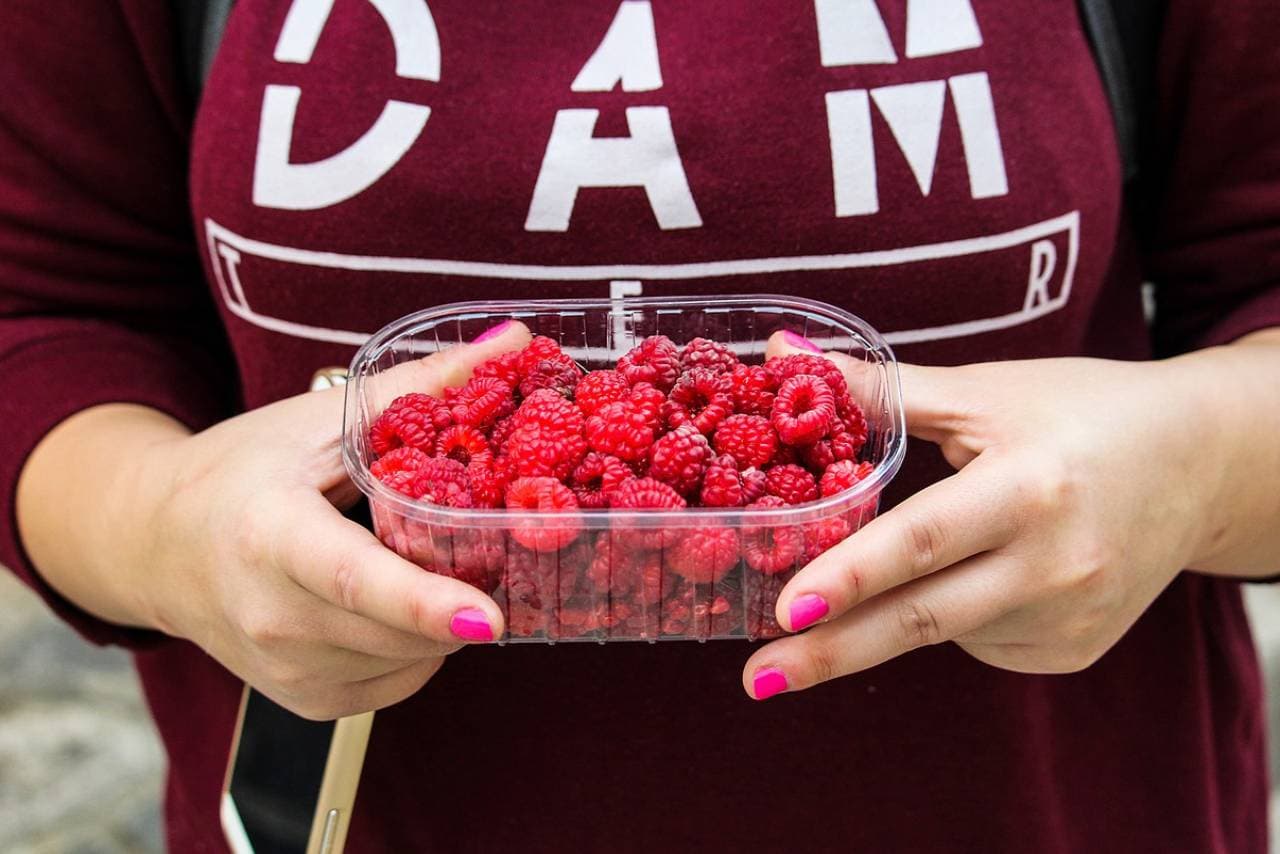
Square Containers
Square containers typically range from 2 to 22 quarts and are ideal for maximizing limited space as they are stackable and can sit flush against each other. However, these containers are more suitable for liquids, such as dressings and soups, as dry ingredients tend to get stuck in the corners.
Square boxes are made from various materials, such as-
- Polyethylene
- Polypropylene
- Polycarbonate
Food Boxes
Food boxes are rectangular units ranging from 1.75 to 22 gallons used to store large products or smaller items in bulk. Restaurants typically use food boxes to store meat and produce. These containers can come in any color and are made from-
- Polyethylene
- Polypropylene
- Polycarbonate
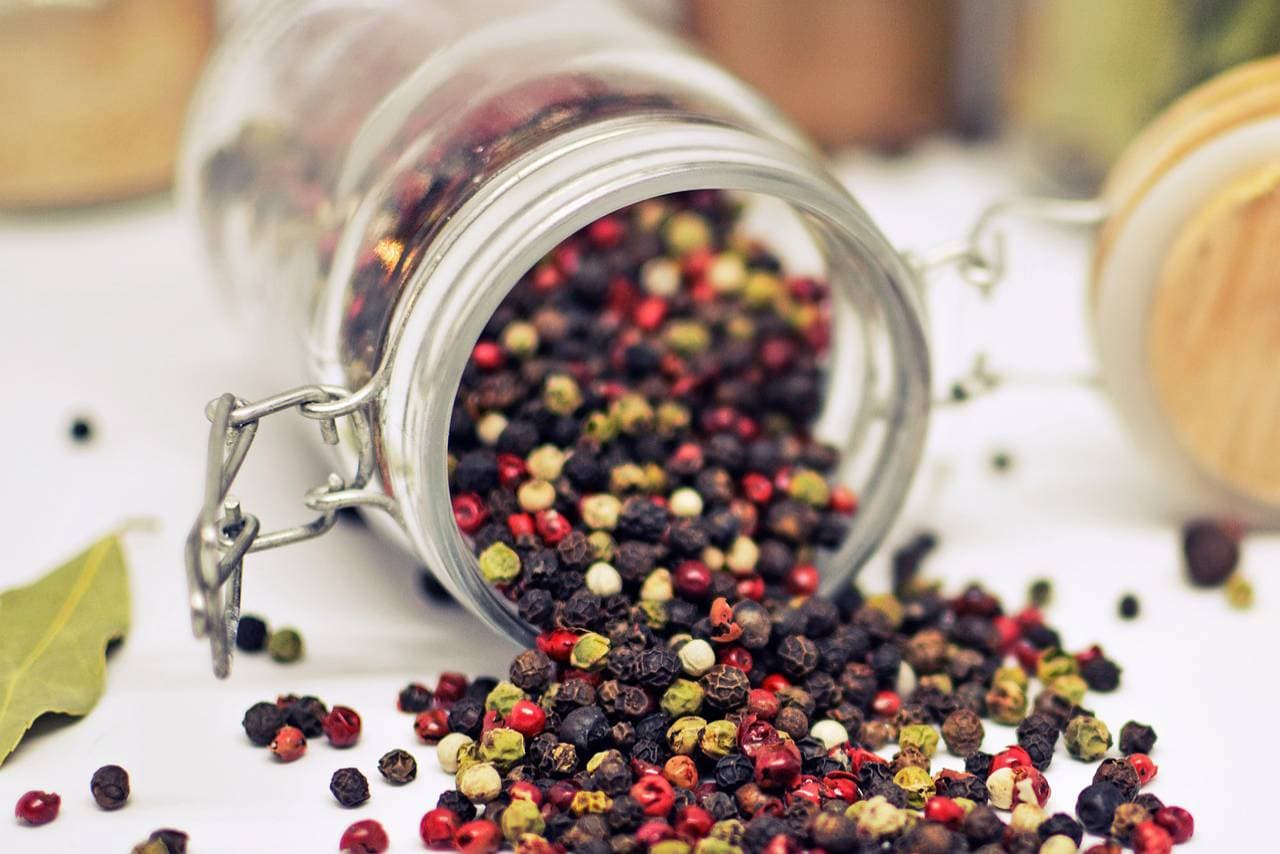
Round Containers
Round containers range from 2 to 22 quarts and are used for dry ingredients. However, their curved shape takes up more space, making it challenging to optimize storage. Round containers are also made from-
- Polyethylene
- Polypropylene
- Polycarbonate
Ingredient Bins
Ingredient bins come as big as 32 gallons, making them ideal for storing bulk ingredients. Many of these containers have FIFO barriers and additional access points so restaurants can retrieve contents while bins are stacked.
Ingredient bins are often used in restaurants that use large amounts of certain ingredients, such as pizzerias, bakeries, and coffee shops. These bins are composed of-
- Polyethylene
- Polycarbonate
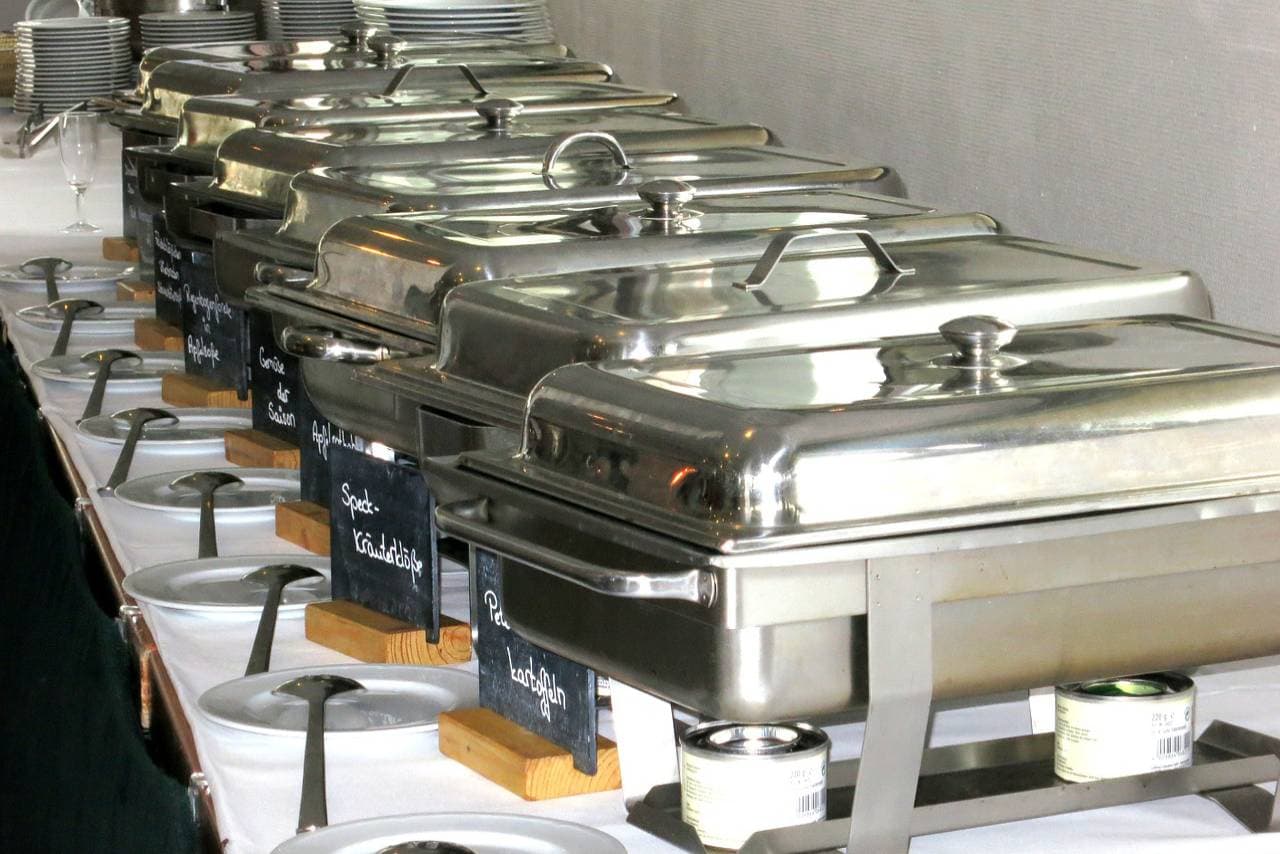
Dough Boxes and Pans
Dough boxes and pans store unbaked dough to promote or prevent rising. This enables restaurants to prepare large batches of dough at one time. These containers range from 40 to 96 ounces and are made of-
- Polypropylene
- Aluminum
Salad Bar Crocks
Salad bar crocks come in 0.6 to 10.38-quart containers and are customized to fit into any food bar. Depending on the size, crocks can be used to store salad dressing, condiments, and salad. These containers are made from several materials-
- Polypropylene
- Polycarbonate
- SAN
- Aluminum
Kitchen Canisters
Kitchen canisters provide storage for smaller amounts, from 4 to 70 ounces. These containers are often used in the front and back-end of restaurants to hold ingredients, such as spices and sugar. Kitchen canisters are composed of-
- SAN
- Stainless Steel
- Porcelain
By choosing the appropriate food storage containers, restaurants can optimize their space and significantly reduce spoilage.